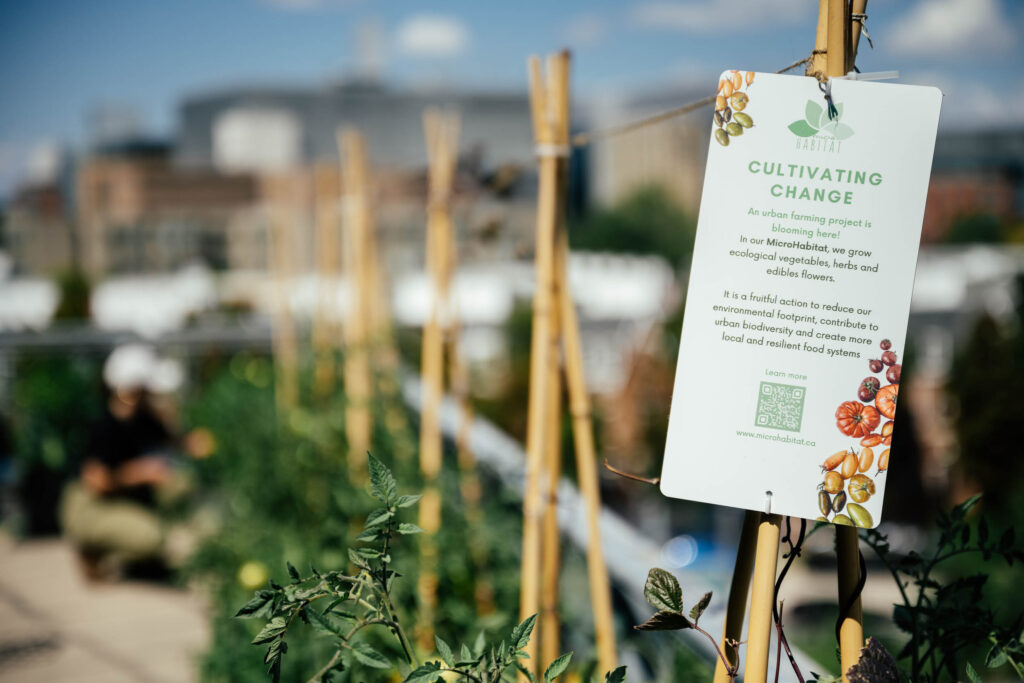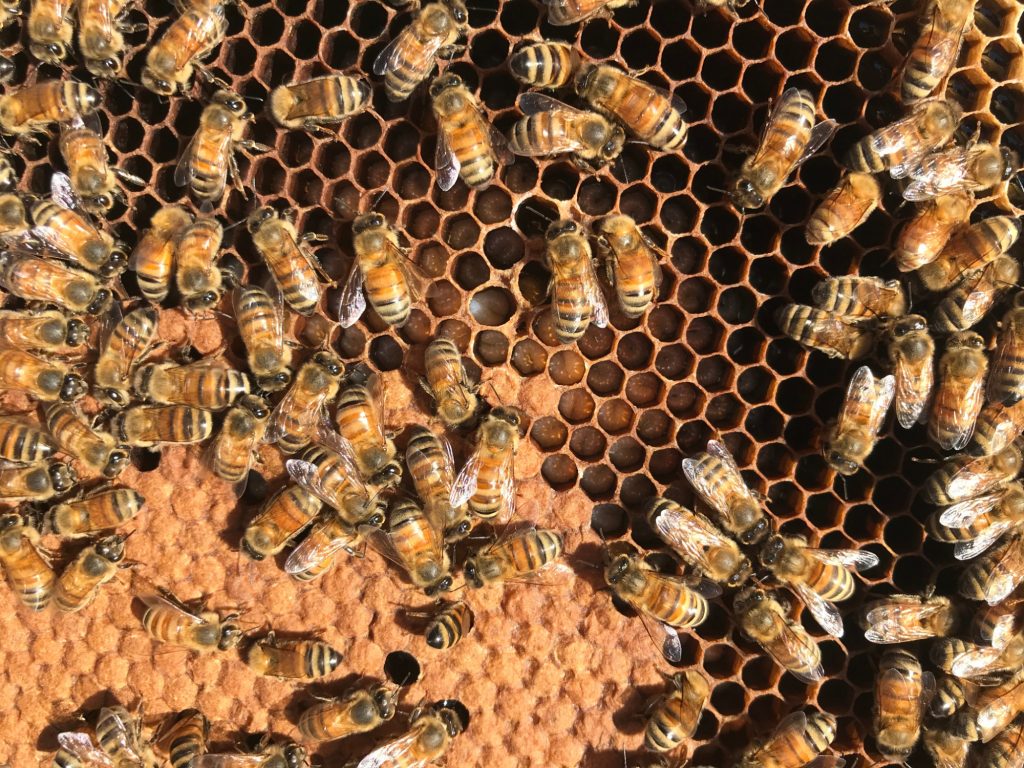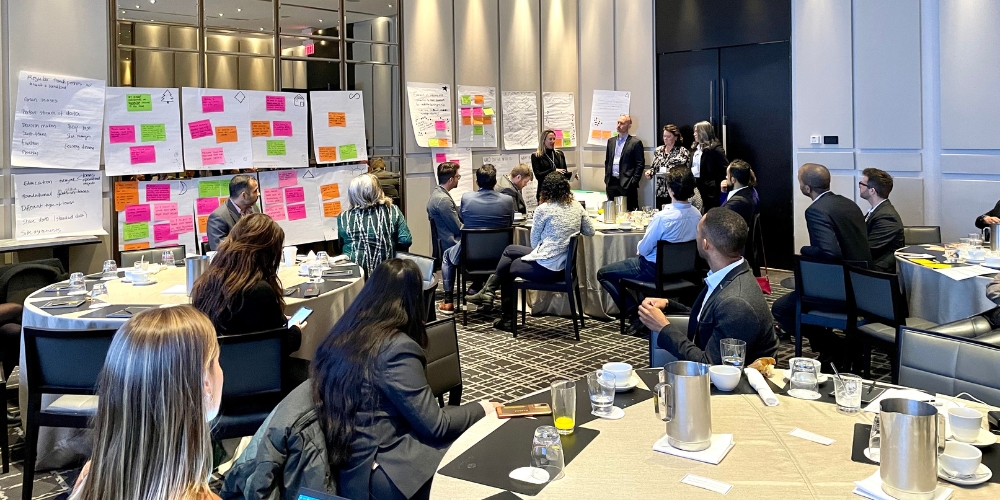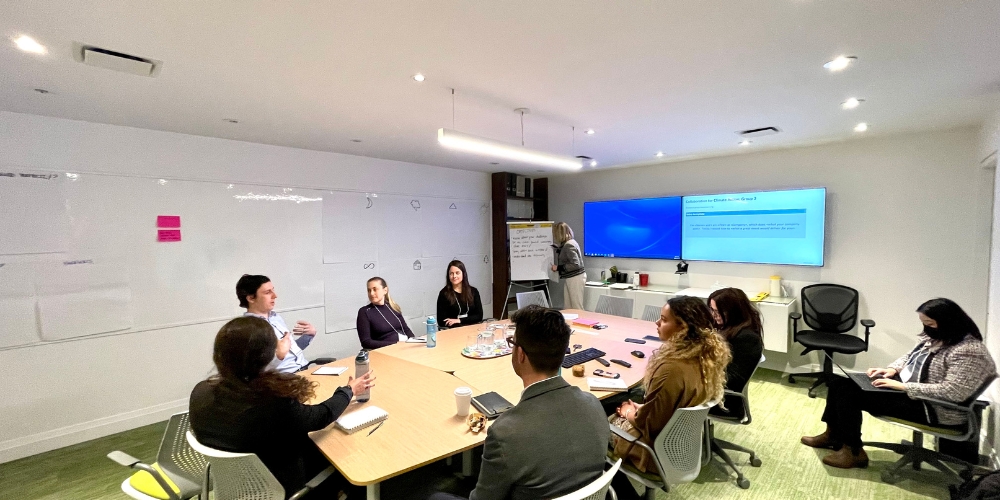Welcome back to First Capital’s Climate Action Video and Blog Series. Throughout the series, we’ve focused on major climate change contributors and how we can make positive environmental impacts. In our fourth and final installment of this series, we’ll be discussing biodiversity and how we can preserve it.
Biodiversity is essential for the health of our planet, but sadly human activity is gradually killing it off. Thankfully, there are ways we can preserve it and stop the destruction of it before there’s none left. The time is now to take action that will have a positive impact for the future and health of our planet. Whether you’re at home or work, your efforts can help preserve the biodiversity of life on Earth.
What is biodiversity?
Biodiversity represents all the various kinds of life on earth that make up our natural world – including the endless varieties of animals, plants, fungi, and even microorganisms such as bacteria. Each of these species and organisms work together in ecosystems, like an intricate web.
Biodiversity is essential for the survival of our planet. It provides the air we breathe, the food we eat, medicines that keep us healthy, and so much more. We rely on biodiversity to support all life on Earth.
Unfortunately, human activity, both intentional and unintentional, affects the biodiversity of the planet and poses a serious threat to its livelihood. Historically, the most significant threat to biodiversity has been the alteration and ongoing deterioration of natural habitats for agriculture and resource extraction. However, as climate change continues to intensify, its impact on ecosystems will become an increasingly pressing concern. As it stands, the degradation of biodiversity on our planet is occurring at an alarming rate and we need to work together to preserve it for generations to come.
Intentional vs. Unintentional Human Activity Biodiversity Destruction
A perfect example of habitat and biodiversity destruction from intentional human activity includes the vast deforestation and excavation of land to build homes, commercial buildings, and farms. Currently, forests cover 31% of the land on our planet – a number that sadly used to be much higher. In Canada, extracting natural resources such as gas, oil, and other minerals is a big part of our economy. Not only does the extraction process emit harmful greenhouse gases into the atmosphere, but it also negatively impacts our intact forests. Extractions require roads, pipelines, seismic lines, and open pits – all of which cause deforestation.
Land use change is the primary driver of biodiversity loss, accounting for approximately 30% of the decline worldwide. Overexploitation, such as overfishing, overhunting, and overharvesting of resources like food, medicine, and timber, is the second leading cause of biodiversity loss, contributing to around 20% of the decline.
Biodiversity loss, however, is not just confined to land. To that effect, an example of unintentional human activity that causes biodiversity destruction is the gradual loss of our coral reefs. Coral reefs are some of the most important and precious ecosystems we have on earth as they provide necessary habitats for fish and other aquatic life, protect coastlines from storms and erosion, provide jobs for local communities, and produce a grave amount of oxygen that keeps aquatic species alive. As an indirect result of human activity (emissions of harmful pollutants and greenhouse gases), our oceans’ carbon dioxide levels and overall temperature are continuing to rise. Unfortunately, this creates an environment where coral cannot survive and as a result, many around the world are dying at an alarming rate.
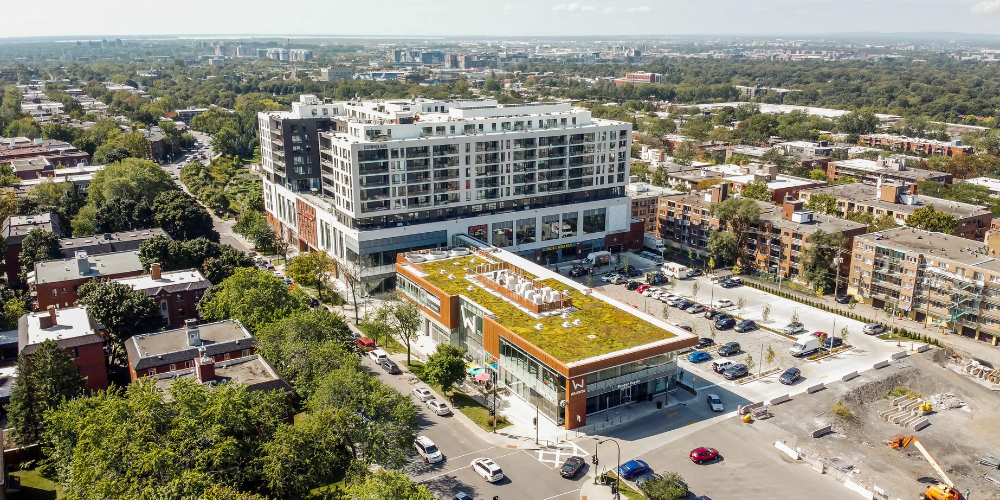
So, how can we preserve biodiversity?
There are multiple ways we can preserve biodiversity, but in order to make a significant impact, both individuals and organizations alike must do their part. At First Capital, we are committed to sustainability and reducing our impact on the environment. We have implemented various initiatives to help biodiversity thrive.
During the summer of 2022, we partnered with MircoHabitat to transform an outdoor patio space into an urban farm. We grew a variety of vegetables and harvested over 500 edible plants and 104lbs of vegetables, edible flowers, and herbs – all of which was donated to a local food charity. This initiative contributes to the greening of spaces; helps create local, ecological, and resilient food systems; helps support our local community; and encourages biodiversity in our urban area. Click here to learn more about this initiative.
In 2020, we launched our Beehive program and have installed a total of 11 beehives at various properties across our portfolio. Bees play an instrumental role in the survival of the Earth’s ecosystems and biodiversity. Their importance lies in the ability to transfer pollen between flowering plants which ultimately leads to their growth and reproduction. Click here to learn how we’re growing our sustainability initiatives one beehive at a time.
What you can do
Preserving biodiversity is not just the responsibility of corporations and governments; it’s also up to individuals. Here are some practical steps you can take to help preserve biodiversity:
- Make sustainable food choices: food production remains extremely high due to human overconsumption and excess food waste. Our food choices can have a significant impact on biodiversity. Eating a plant-based diet, choosing sustainably sourced local foods, and even reducing our meat consumption can all help preserve biodiversity.
- Reduce food waste: food waste is a significant issue that contributes to biodiversity loss. Nearly 60% of the food produced in Canada is thrown out every year. That’s about 35.5 million metric tons, equaling the weight of 300 CN Towers. When we waste food, we waste the resources used to produce it, including the water for crops to grow and the fossil fuels used to harvest and transport it. Try to plan your meals and shop for only what you need. Composting is also an excellent way to reduce food waste and create nutrient-rich soil for plants.
Create a wildlife-friendly garden: creating a garden that supports wildlife can help increase biodiversity in your local area. Try planting native species, installing birdhouses and feeders, and avoid using pesticides and herbicides that harm wildlife. A garden is also a great way to save money on rising grocery costs and promote pollination.
Educate others: one of the most effective ways to preserve biodiversity is by educating others about its importance. Share what you’ve learned with friends and family, participate in community events, and support organizations that are working towards a better, more sustainable future.
As we’ve outlined thus far, biodiversity is essential to maintaining the health of our planet and its inhabitants. It’s up to all of us to take action and preserve it. Whether it’s at home, work, or in our communities, every effort counts. As we work towards our overarching goal of achieving net-zero by 2050, improving the biodiversity in our neighbourhoods is one of the many ways that will help us get there. Learn more about our long-term goals in our 2020-2024 ESG Roadmap here.
That’s it for our Climate Action Video & Blog Series! We hope this has inspired you to take action and do your part in protecting our environment. Climate change is a journey, and it affects us all. Let’s work together to create a promising future for our planet and generations to come.
Missed the first three installments of the Climate Action Video and Blog Series? Check them all out below:

